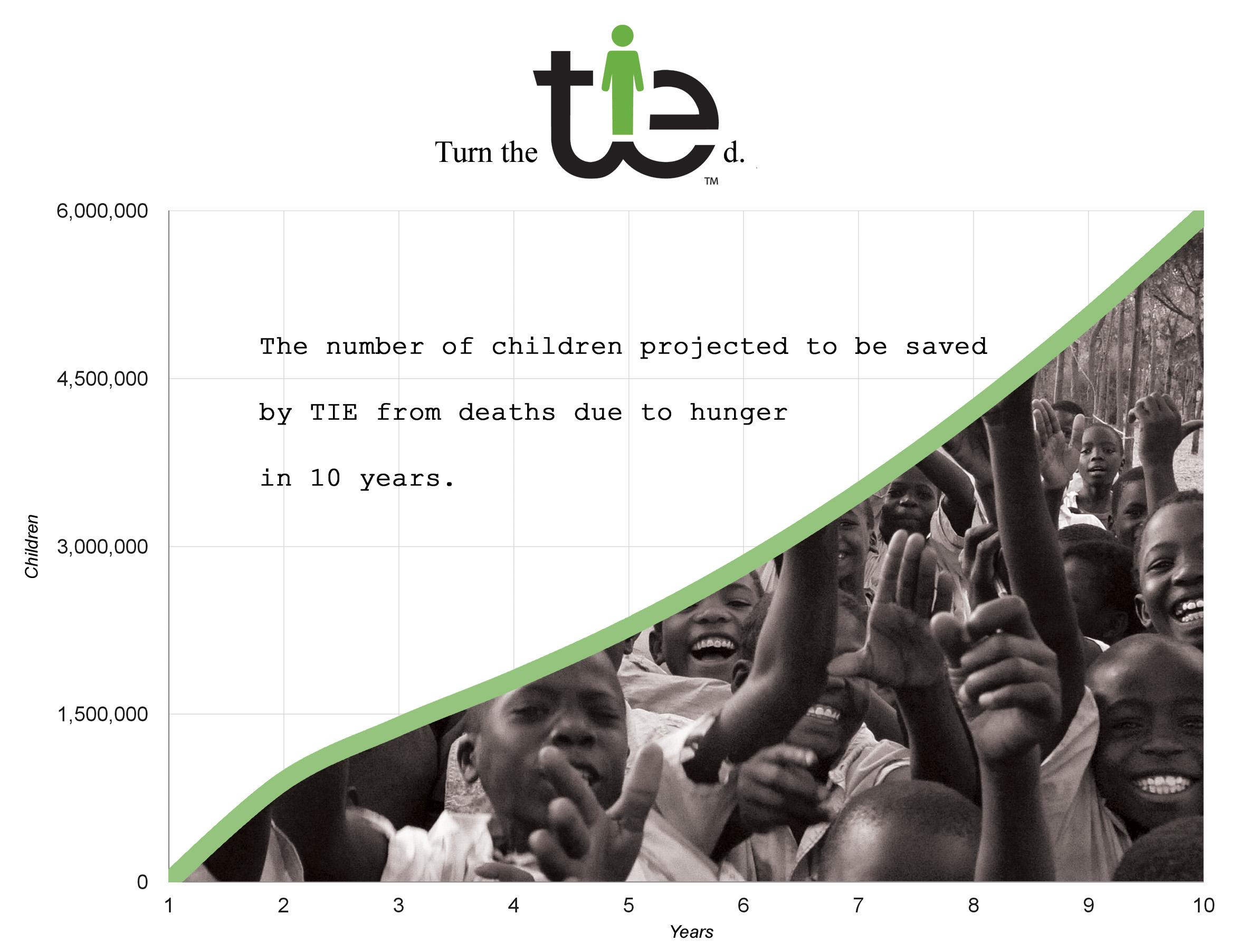
Without TIE: 


Due to growing population and the natural growth of economic potential in these countries, the rate at which children die per day increases before seeing an eventual decrease. This is reflected by the average population growth in these developing areas (1.07 compounded annually), an assumption of proportionality of impoverished people in the new population, and the rate at which advances fuel increased standard of living (in the form of lowered fertility rate and increased medicinal potential.)
The TIE Difference:
TIE sees an immediate fall in the rate at which children die, compounded along the natural rate of economic development seen in these countries.
